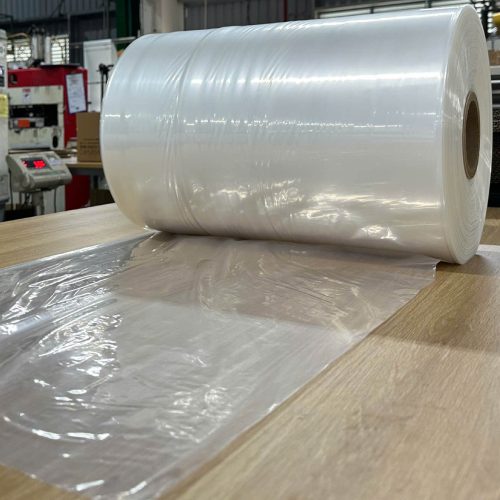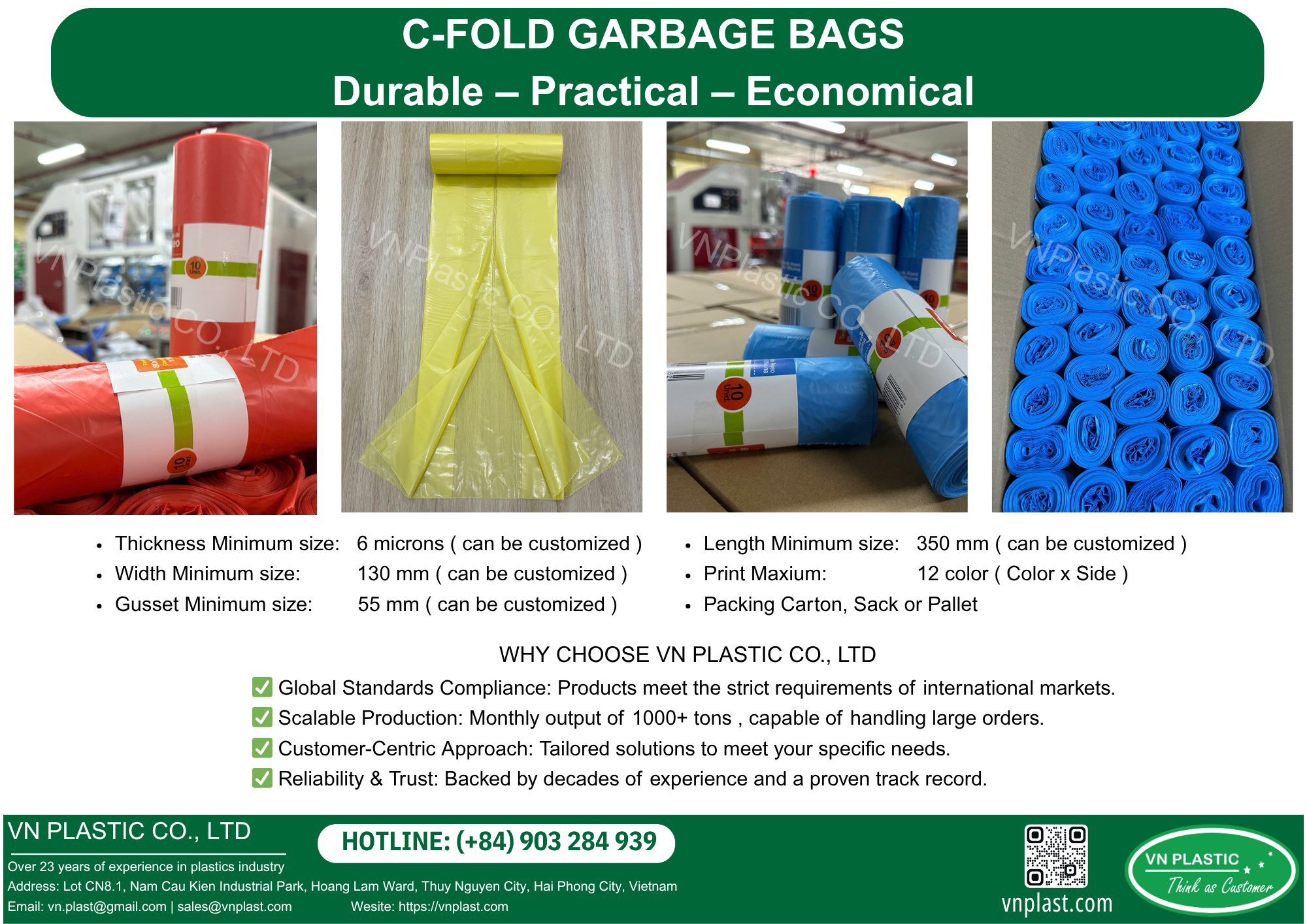The stretch film industry in the 1st quarter of 2025 has shown promise, signifying potential growth and developments that reflect macroeconomic trends. The significance of this quarter cannot be overstated as the industry gears itself for the challenges that lie ahead.
Understanding the Financial Landscape of the Stretch Film Industry
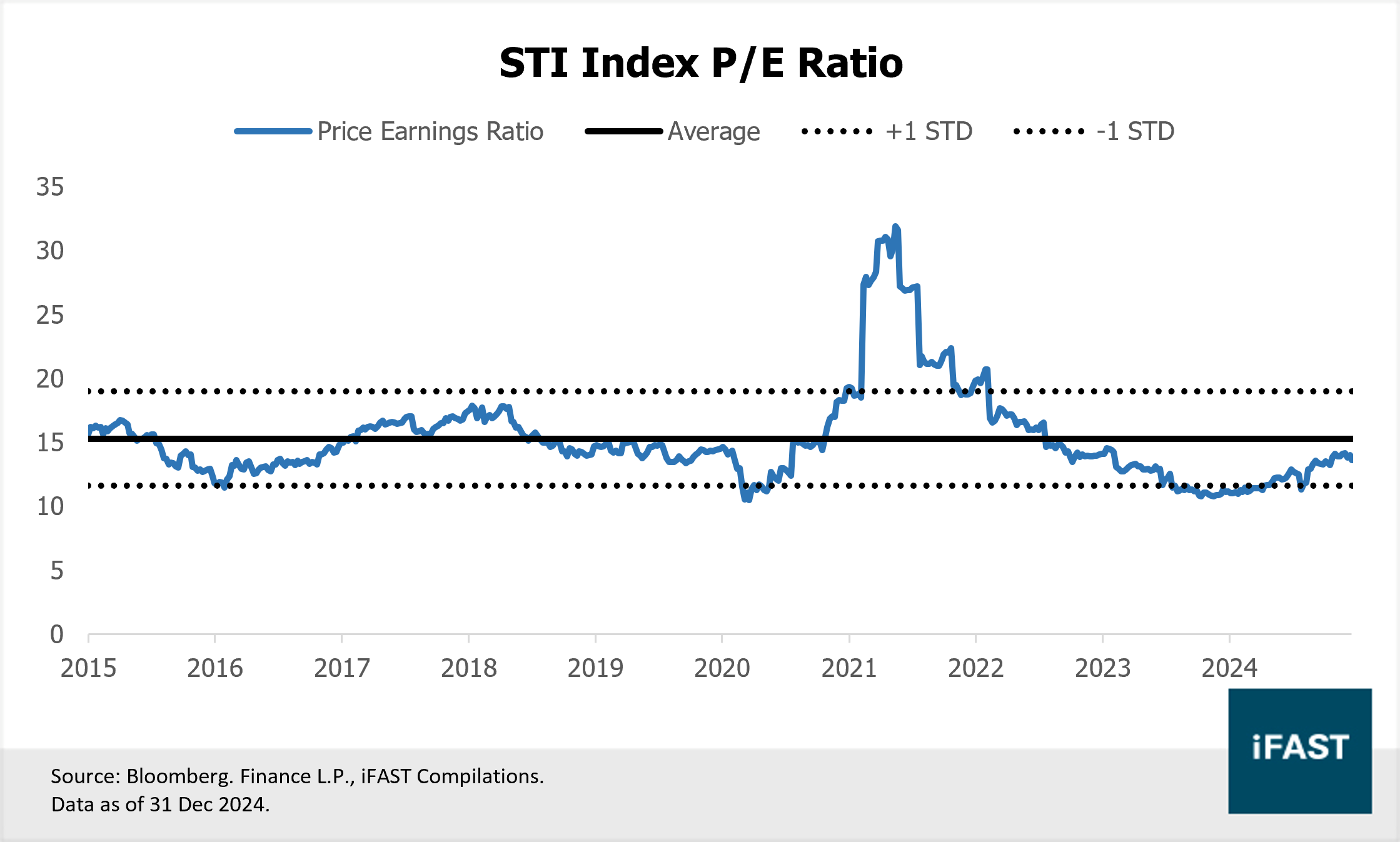
As we analyze the economic performance of the stretch film industry during the first quarter of 2025, it is essential to grasp the financial underpinnings that shape market dynamics. This quarter has set the stage for broader industry narratives across the sectors involved in the manufacturing and distribution of stretch films.
Examination of Financial Highlights
The revenue figures for the stretch film industry are indicative of overall market health. Companies within this sector have been adjusting their financial expectations based on evolving consumer behavior.
The financial highlights from the industry can act as a reflective window into supply chain efficiencies and the demand side’s resilience. For example, while some brands, such as those under the PVH Corp umbrella, reported revenue growth despite economic uncertainties, several other companies in the stretch film sector may not have fared as well.
Implications of Revenue Changes
A closer look at how revenue fluctuations impact business decisions reveals multifaceted implications. A growth in revenue often leads to enhanced investments in innovation, operational efficiencies, and customer relationship management.
In this quarter, the reported revenue growth signifies a coping strategy developed by manufacturers to navigate a challenging landscape characterized by fluctuating costs of raw materials and labor challenges. This quarter is not just about survival; it is about strategic positioning for long-term viability.
Comparisons to Industry Benchmarks
When advocating for growth, setting performance benchmarks can align aspirations with reality. The 2% increase reported by PVH Corp is a solid reminder that industry performance can be multi-dimensional. Stretch film manufacturers often compare themselves to industry averages, and in 2025, maintaining market share has become as important as revenue growth.
For many players in this space, aligning with key competitors can ensure a strengthened position in the market. This emphasizes the importance of benchmarking against established players as a strategic tool throughout the industry.
The Role of Sustainability in Financial Performance
In today’s market, the integration of sustainability into business models has financial implications too. As consumers become increasingly conscious of sustainability issues, companies need to rethink their operations to meet changing postal standards while maintaining profitability.
Sustainable practices can drive profit; however, the upfront investment can deter adoption. Nevertheless, as customer expectations evolve towards eco-friendliness, manufacturers in the stretch film industry are seeking ways to innovate their product lines while maintaining financial performance.
Identifying Key Market Trends and Product Innovations
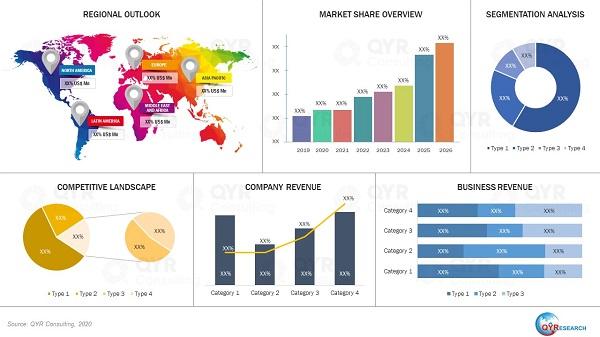
The stretch film industry’s trajectory during the first quarter of 2025 is influenced significantly by new product innovations and market trends that cater to evolving consumer preferences and operational needs.
New Product Launches Driving Growth of stretch film industry
To sustain market presence during challenging periods, new product innovations play a critical role. Companies are actively responding to demands for higher efficiency, stronger materials, and eco-friendly options.
Recent product launches have been vital in reshaping the offerings within the stretch film sector. Manufacturers are exploring different polymer formulations for stretch films that enhance strength while reducing material usage.
Innovative launches, such as high-performance stretch films or biodegradable options, signal an adaptive approach toward market needs, enabling businesses to reach diverse customer segments effectively.
Analyzing Competitive Advantages
In a rapidly evolving sector, competitive advantages allow market players to differentiate their offerings. Price, quality, and technological advancement are key competitive metrics.
For instance, companies that embrace cutting-edge technologies in manufacturing processes can increase production yields while reducing waste. This creates a unique selling proposition that resonates with sustainability-minded consumers.
The strategic collaborations between brands can also create synergies, reduce costs, and enhance value propositions, making it more palatable in today’s stringent economic climate.
Market Insights from Consumer Behavior
Understanding consumer preferences offers an empirical foundation for innovation. In recent times, there has been a conscious shift toward preferences for products that are versatile and provide logistical efficiencies.
The usage of stretch films in e-commerce packaging is on the rise. This shift not only reflects changing consumption patterns but also encourages manufacturers to refine their product offerings to meet e-commerce requirements.
Brand loyalty is influenced by factors beyond cost; environmental sensitivity and product effectiveness also play significant roles in consumer choices within the stretch film industry.
Responding to Industry Challenges
Every industry is not without its challenges. In the past quarter, the stretch film sector has faced hurdles that demand innovative solutions.
Supply chain disruptions, exacerbated by geopolitical tensions and pandemic repercussions, have led manufacturers to explore alternative sourcing strategies, driving the need for nearby production facilities closer to markets.
Moreover, as operational costs fluctuate, reshining marketing and product development becomes crucial. Since the stretch film industry often relies on fragmented supply chains, establishing localized partnerships may offer remedies for various obstacles that emerge.
The Impact of Macroeconomic Factors on the Stretch Film Industry
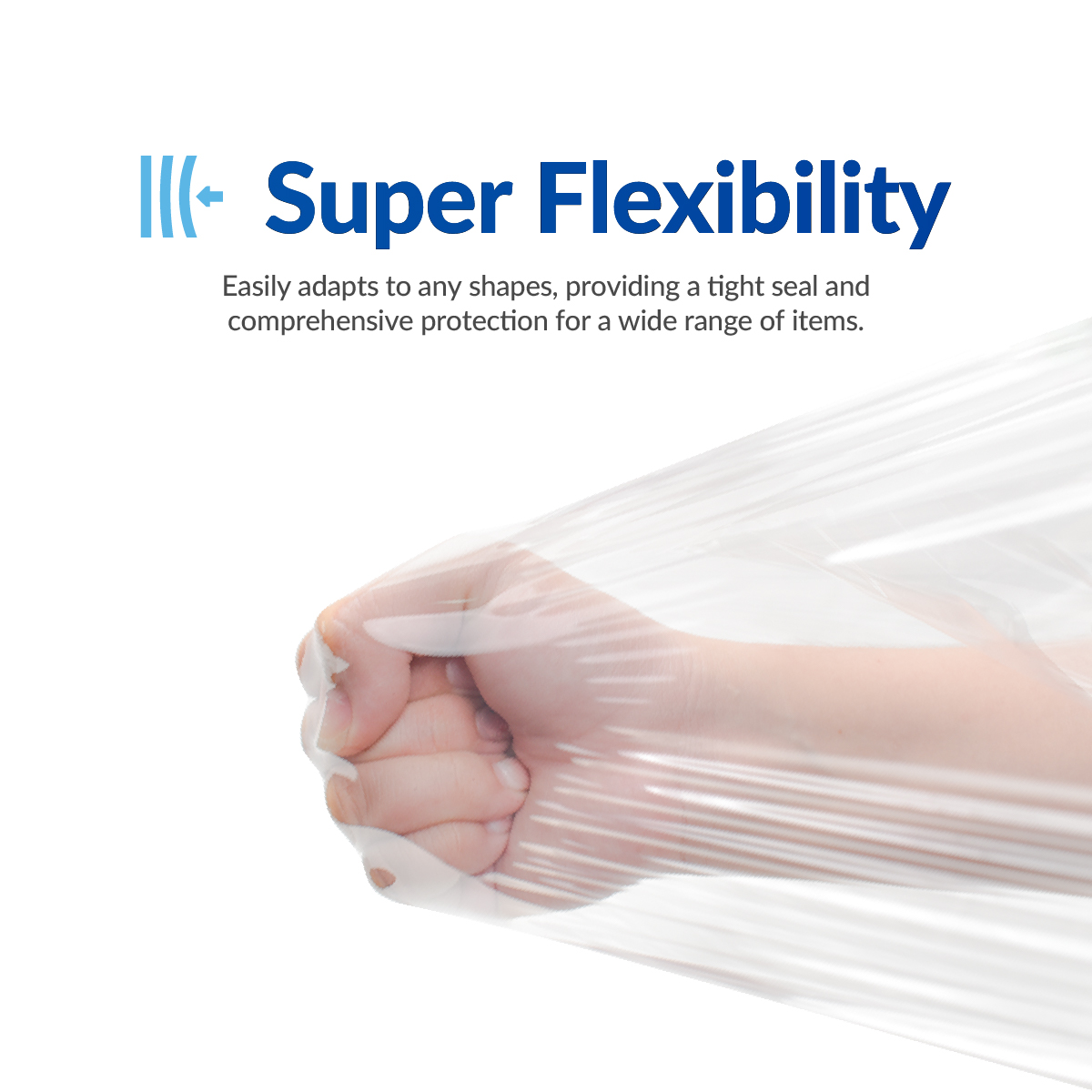
The broader economic environment has direct implications for the stretch film industry, influencing everything from demand to pricing strategies.
Navigating Global Supply Chain Dynamics
Current global supply chain shifts are particularly significant during the 1st quarter of 2025. Manufacturers face pressures not just from sourcing raw materials but also from transportation inefficiencies and fluctuating costs.
As companies venture into new territories, understanding regional dynamics becomes essential for effective market penetration. Companies that can navigate these challenges while developing efficient logistics are positioned to capture increased demand effectively.
Inflationary Pressures and Cost Management Strategies
Inflation trends that have marked the economic landscape lead to tight margins for manufacturers in the stretch film sector. Rising raw material costs can significantly impact profit margins and force companies to reconsider pricing strategies.
Effective cost management remains a crucial theme. Techniques such as streamlining production processes, renegotiating supplier contracts, and utilizing technology for improved resource management can insulate companies from unexpected fluctuations in economic conditions.
Anticipating Consumer Demand Patterns
Predicting shifts in consumer demand requires acute attention to macroeconomic trends. Economic indicators can provide insights into consumer sentiment, offering vital information for manufacturers to recalibrate inventory and production planning.
Manufacturing firms should focus on agile responses to demand variability, ensuring they remain competitive even in the face of unstable market conditions. Flexibility in operations can unlock the value needed for sustained profitability.
Government Policies and Trade Agreements
Shifting policy landscapes can have profound effects on the stretch film industry. Trade agreements may either facilitate access to new markets or impose restrictions, changing the cost structures for manufacturers.
Active participation in trade associations can help companies understand how evolving policies impact business practices. Moreover, successful navigation of governmental regulations is vital for companies that plan to operate internationally.
Navigating Corporate Strategies for Future Growth
Future growth in the stretch film industry relies heavily on strategic initiatives that drive long-term sustainability. As the economic landscape shifts, so too must corporate strategies to harness opportunities.
Investment in Technology and Innovation
In an era of digital transformation, the emphasis on RD is paramount.
Investing in technology can lead to developments in production efficiencies, product capabilities, and enhanced customer engagement. Manufacturers are increasingly integrating automation and data analysis into their operations, resulting in accelerated processes and improved decision-making.
Strengthening Brand Positioning
Companies within the stretch film industry must continuously review their branding strategies. Brand positioning is not only about product features; it also encompasses narratives that connect with consumers on emotional levels.
The active engagement of brands with their customer base through storytelling and transparency enhances brand loyalty. In a competitive environment, offering more than just a product can foster deeper connections with consumers.
Environmental Responsibility as a Growth Catalyst
As sustainability becomes a core component of consumer expectations, companies that take proactive steps towards environmental responsibility can find new avenues for growth.
Strategies might include utilizing biodegradable materials or implementing sustainable production practices. These initiatives resonate positively with consumers, enhancing brand reputation while contributing to increased revenues.
Fostering Collaboration for Industry Effectiveness
Collaboration in the industry can lead to shared learning and collective problem-solving. Manufacturers that engage in cooperative research or align their supply chains can forge stronger partnerships that lead to enhanced market resilience.
Collective efforts can drive innovation, streamline processes, and foster a shared commitment to sustainability within the industry, creating an ecosystem where collaboration thrives instead of competition.
Conclusion
The stretch film industry in the 1st quarter of 2025 reflects a complex intersection of financial performance, innovative product offerings, macroeconomic influences, and strategic initiatives essential for growth. As manufacturers navigate these multifaceted challenges, the focus on sustainable practices, technological investment, and collaborative efforts will be pivotal in determining the industry’s future trajectory. Understanding and adapting to changing dynamics is not just vital for survival; it is a pathway toward future excellence in the stretch film sector.


